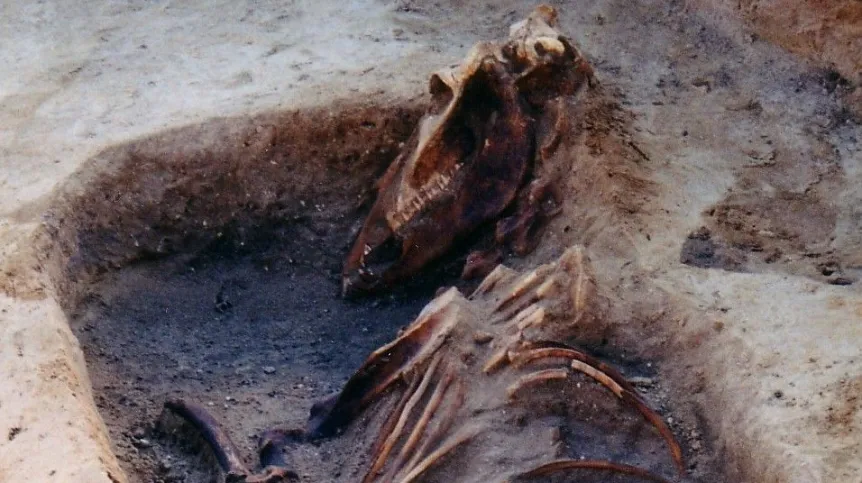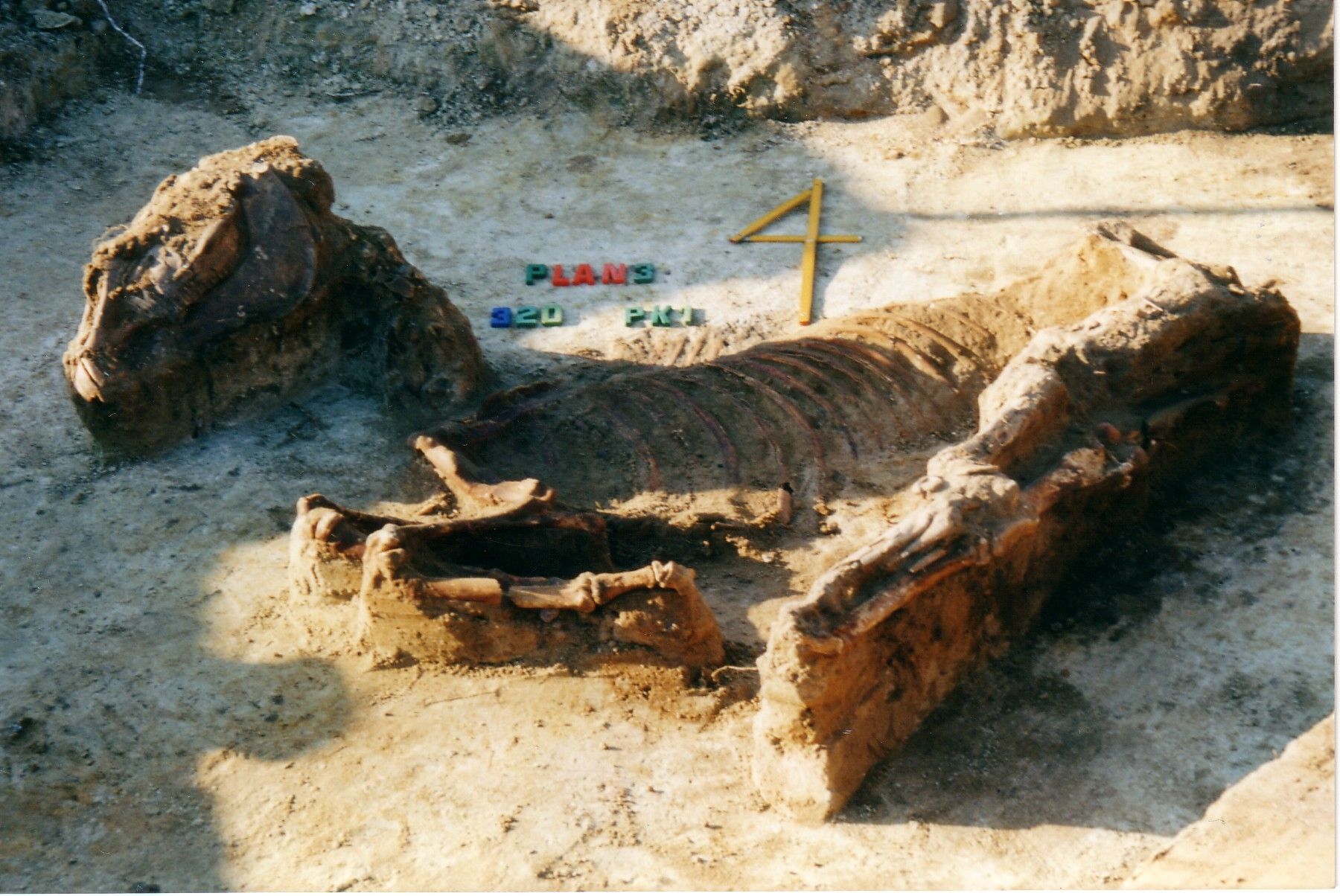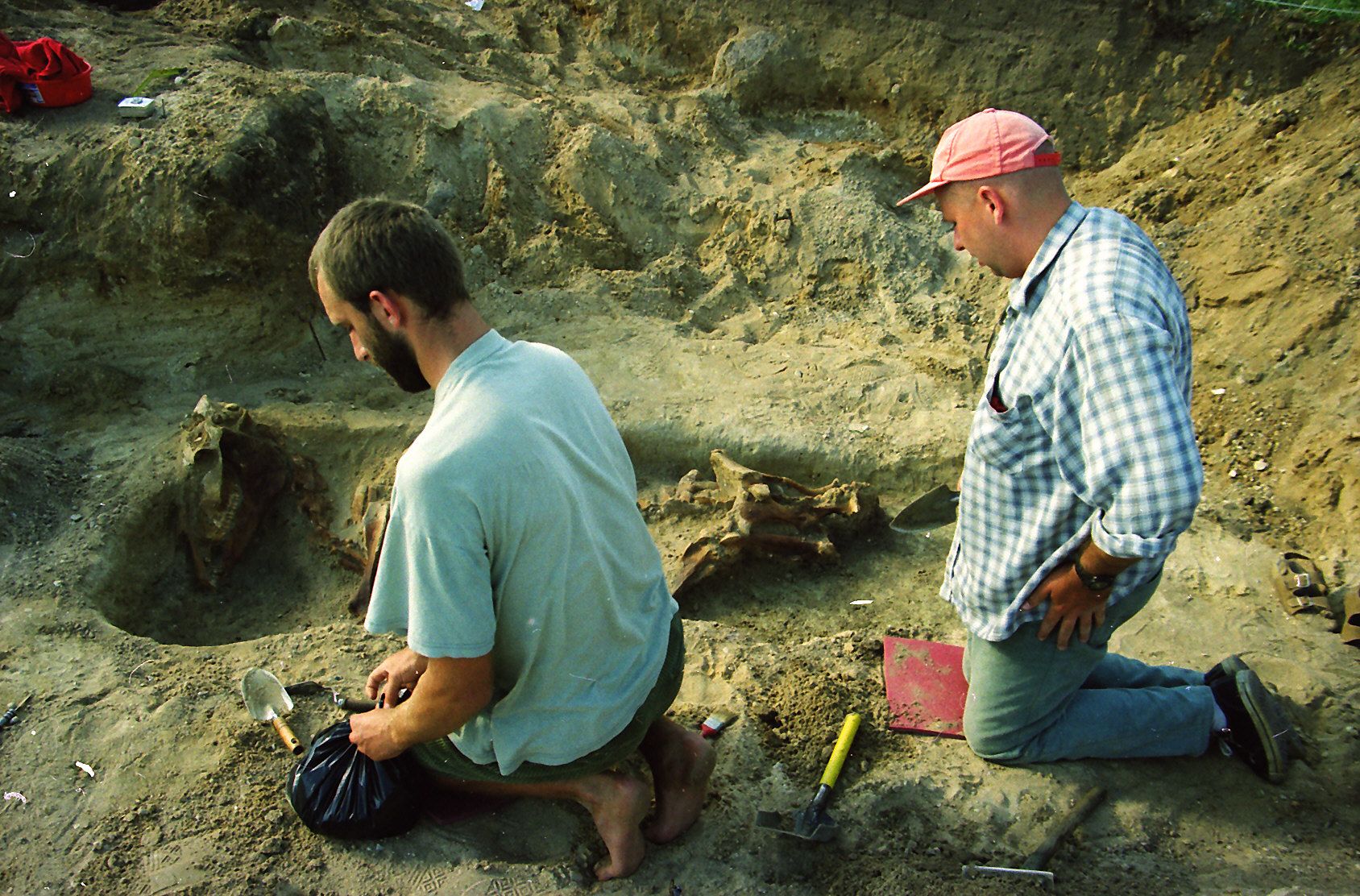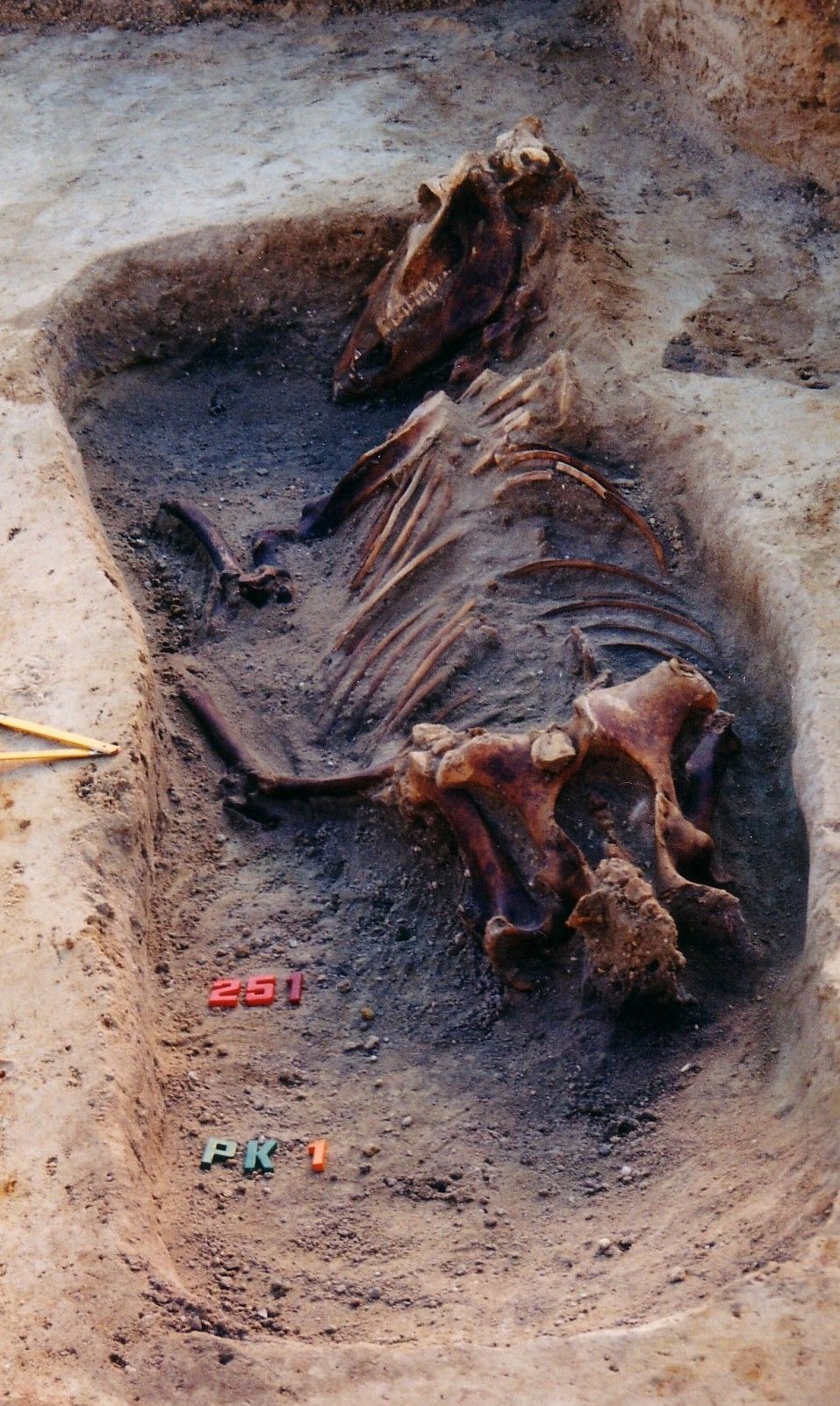
Baltic pagan tribes sacrificed horses imported from Christianised Scandinavia, according to international research.
Research conducted by scientists from universities in Poland and Wales sheds new light on the religious rituals of the last pagans of early medieval Europe.
The researchers published their results in the journal Science Advances.
One of the co-authors of the publication is archaeologist Dr. Maciej Karczewski from the University of Białystok.

The researchers examined the remains of 74 horses found at burial sites in Masuria, the Sambia Peninsula (Kaliningrad Oblast) and in Lithuania. It turned out that in the late Viking Age, horses were transported by ship to the southeastern Baltic coast from what is now Sweden or Finland, over distances reaching 1,500 km. Pagans sacrificed these animals during funeral rituals.
'Based on the analysis of strontium isotopes deposited in tooth enamel, it is possible to determine the part of the world where a given person or animal spent the first years of life. Due to the fact that the saturation of the environment with strontium isotopes in different parts of Europe and the world varies, in order to obtain reliable results, it is necessary to develop a comparative scale for a given region - in this specific case, north-eastern Poland', says Dr. Karczewski.
On the initiative of the Polish archaeologist, the scope of research was expanded to include DNA analysis of horses found at burial sites. According to Dr. Karczewski, the original assumptions were limited to the analysis of strontium isotopes, i.e. to determining whether the sacrificial horses were of local origin or imported.

In earlier literature, it was assumed - based on the clearly marked tusks in horses - that only stallions (males) were sacrificed. Among modern Polish horses, genetically closest to prehistoric and early medieval tarpans (this type of horse was sacrificed), only males have distinct tusks.
To verify the sex of animals from burials, after consulting the first author of the study, Dr. Katherine McCullough French from Cardiff University in Wales (UK), Dr. Karczewski established cooperation with researchers from the National Research Institute of Animal Production in Balice. Together, the scientists showed that the tarpans differed significantly from modern Polish horses.
'The analysis of ancient horse DNA (…) showed that mares were also sacrificed. Among the sacrificial animals at the cemetery in Paprotki in Masuria, mares constituted 40 percent', says Dr. Karczewski.
He believes that the papaer published in Science Advances changes the current perspective of research on the religious rituals of the last pagans of early medieval Europe and their contacts with the already Christianised inhabitants of Scandinavia.

Dr. French emphasises: 'Given the unexpected prevalence of mares, we believe the prestige of the animal, coming from afar, was a more important factor in why they were chosen for this rite'.
According to the study’s co-author Dr. Richard Madgwick from the University of Cardiff, pagan Baltic tribes traded with their Christian neighbours while simultaneously resisting converting to their religion. 'This revised understanding of horse sacrifice highlights the dynamic, complex relationship between Pagan and Christian communities at that time', he says.
Horse sacrifices were among religious rites across pagan prehistoric Europe, persisting up to the 14th century CE among Baltic tribes. (PAP)
Anna Bugajska
abu/ agt/ kap/
tr. RL













